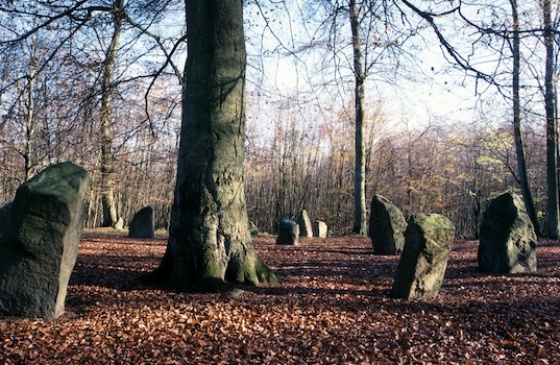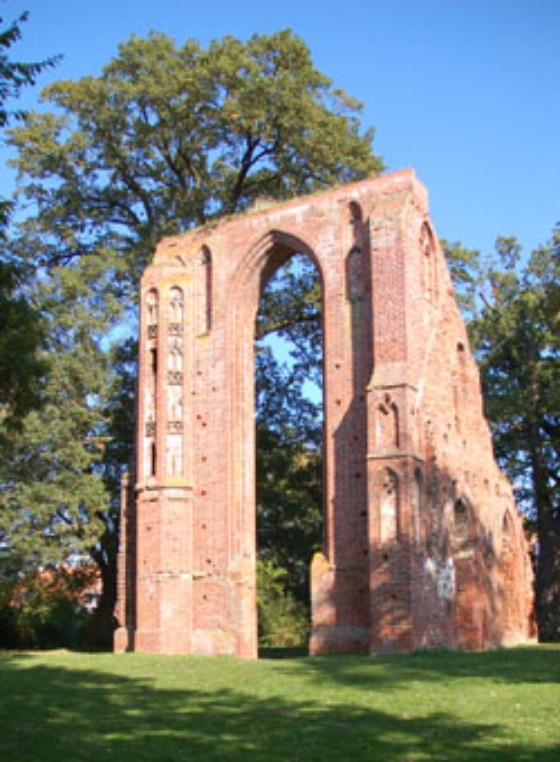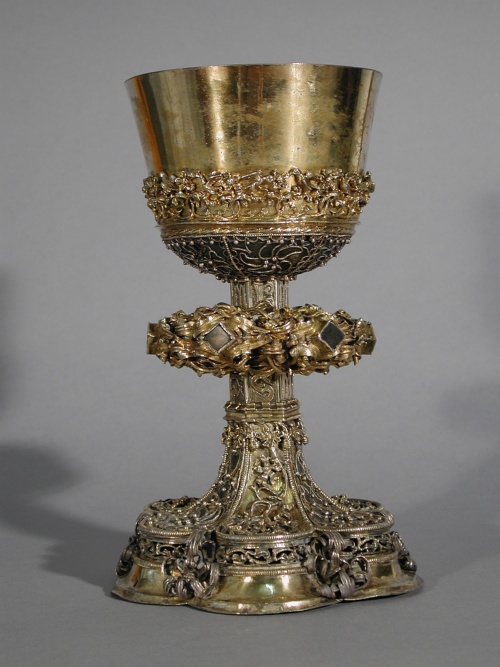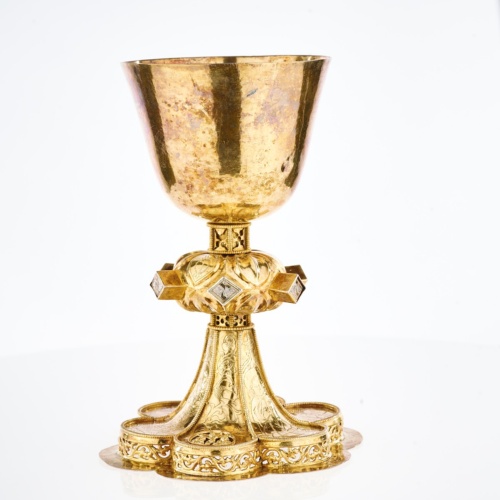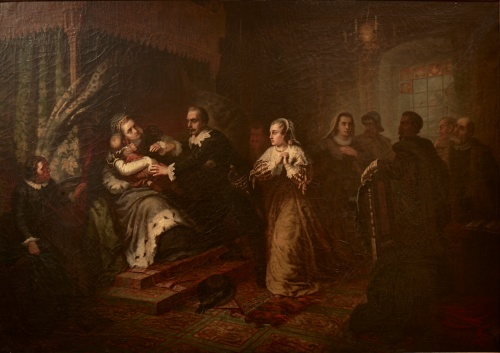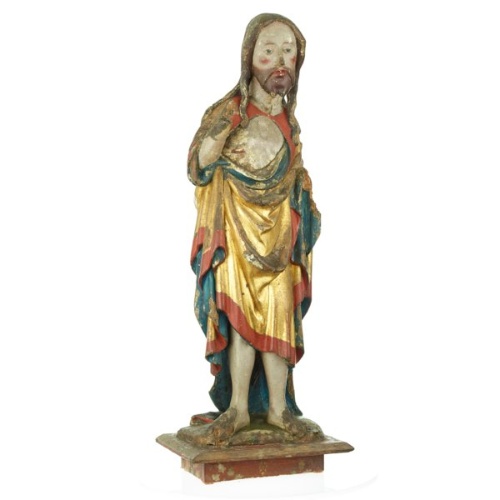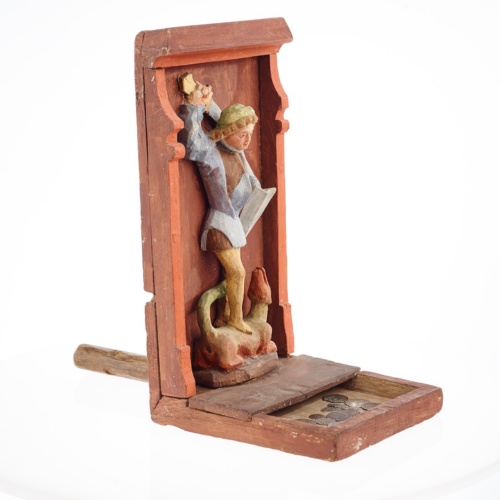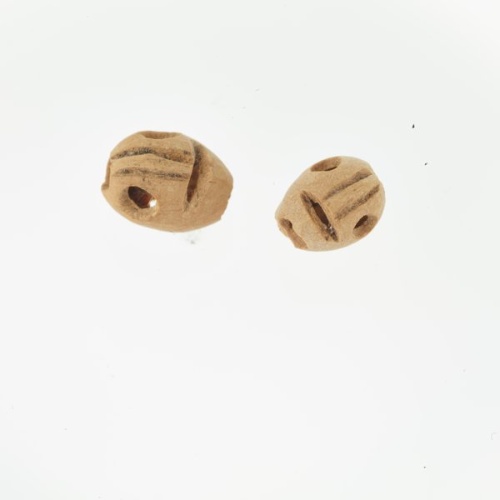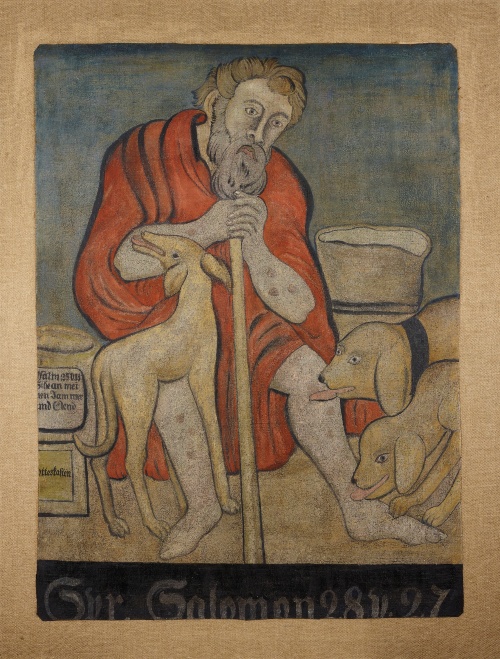The Slavs believed in different gods. Christianity became established following the capture of the state around 1200. In 1549 the Protestant or Lutheran church replaced the Roman Catholic Church in Mecklenburg. Later there were small Calvinist, reformed or Pietist religious communities, which were followed by new Catholic communities in the 18th century. Jewish communities in towns were interrupted through persecutions.
The Weimar Republic guaranteed religious freedom in 1919. This only lasted until 1933. It was then followed by mistrustful monitoring of Christians and a streak of destruction against Jews. After 1945 the SED government monitored and restricted Christians again. There was a return to religious freedom after 1990, which led to the re-establishment of Jewish communities and the creation of Muslim communities for the first time in Mecklenburg-Western Pomerania.
